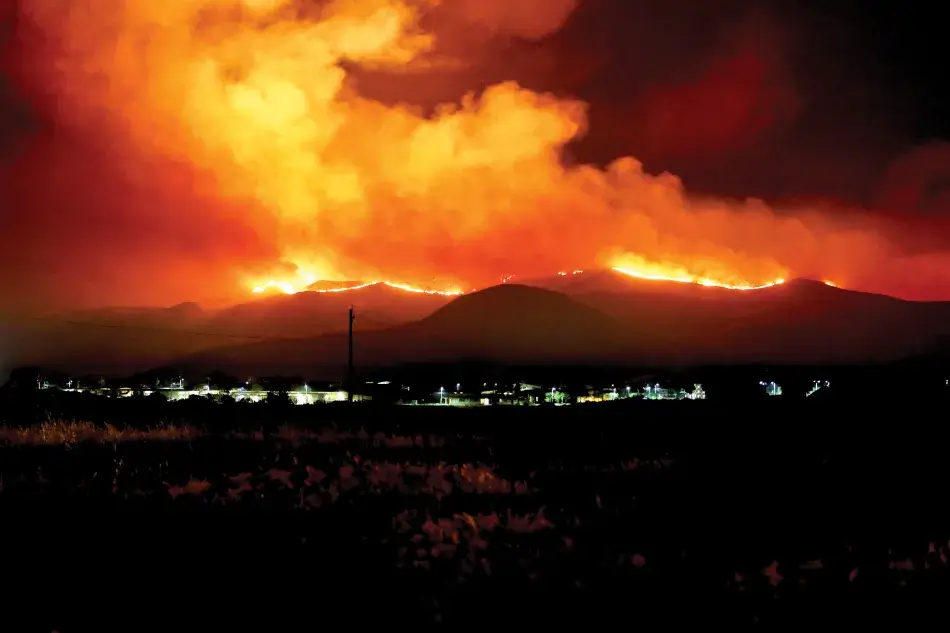Research Needs for Improving Science During Crisis
Science during crisis must constantly evolve to incorporate new technologies, methods, data, and information, and to improve the delivery of usable knowledge. Supporting this process requires an interdisciplinary research agenda that takes into account both basic and applied questions regarding science during crisis. This research agenda can and should be implemented by the academic, public, private, and nongovernmental sectors.
Recommendations for a Research Agenda
Establishing baseline information
When crisis strikes, baseline environmental, human-health, social, and economic data are critical to understanding both the short- and long-term effects of the disaster. Such data provide scientists with the ability to present robust information on crisis-induced changes to decision-makers and the public. Key questions for the research agenda include:
- What is the best way to identify and/or update baseline information needed for science during crisis in anticipation of future disasters?
- How can the collection of baseline health data for disaster responders, including scientists, be integrated into disaster preparedness protocols?
- What are the best methods for collecting, archiving, and sharing baseline data relevant to a crisis?
Understanding cascading consequences to document and predict the complexity of environmental and social disasters, and to improve response and rebuilding strategies
Disasters create cascading consequences for coupled human-natural systems, and understanding these consequences is essential for both emergency response and restoration of human communities, local economies, and ecosystems. Key questions include:
- What are the environmental, health, social, and economic cascading consequences of disasters, and can they be predicted?
- What are the consequences of repetitive disasters (such as repeated hurricanes) in one location?
- What are the best ways to forecast cascading consequences to support decision-making during a crisis?
- How has engagement between scientific institutions and affected communities advanced or hindered long-term resilience and public trust in science?
Addressing divergent scientific opinions, data, and results during crisis
During a crisis, decision-makers may be faced with studies with different or conflicting results. Such disparate findings can complicate evidence-based decision-making. Researchers should develop effective protocols and methodologies for addressing divergent scientific opinions and communicating uncertainty that may result from science during crisis. Key questions include:
- What methods are most effective for addressing divergent scientific views during crisis?
- To what extent should data be proven reproducible during crisis? Do different standards apply?
- What are the best methods for synthesizing divergent scientific findings and associated uncertainty?
Communicating science during crisis
The delivery and presentation of scientific information during a crisis—to decision-makers, the media, and the public—can significantly affect emergency response, public safety, and restoration activities. Key questions include:
- What visualization techniques and methods of delivery or presentation are best-suited to communicating scientific information to different audiences?
- What is the best way to: a) streamline technical communications for different audiences at different times; b) account for a variety of scientific perspectives and findings; c) address potential ethical concerns in the communication of sensitive data; and d) avoid information overload, misinterpretation, and unnecessary confusion?

Assessing how science-based decisions are made
Understanding what information is used by decision-makers and how it is used to make decisions is important to advancing the applicability of science during crisis. Key questions include:
- How and to what extent is scientific and technical information used in decision-making during crisis?
- What are the ethical, moral, and legal considerations that need to be considered as scientists inform decision-making processes?
- What are the best ways to ensure science is effectively considered in crisis decision-making?
Using big data to support science during crisis
Big data sets such as those derived from social media and complex models are important complements to data collected on the ground during a crisis, and can contribute to both situational awareness and, in some cases, quality control and assurance.15 At the same time, reliance on big data, particularly data generated by local communities, can give rise to inherent biases in the data, given varying degrees of technological capability and access of segments of the population. Key questions include:
- How can multiple streams of data from disparate sources (including government data, published data, gray literature, unpublished data, models, and social media) be identified and quality-assured to respond effectively and rapidly to research needs during a crisis?
- What advances in computing and data visualization are necessary to streamline the collection, analysis, and delivery of crowd-sourced data and/or information gleaned from social media?
- What ethical and practical challenges need to be considered when relying on big data sources, particularly those generated voluntarily by local communities?